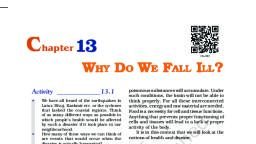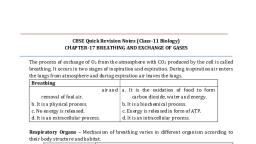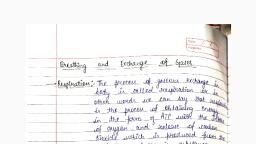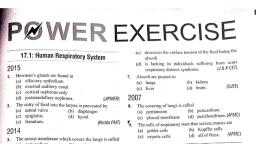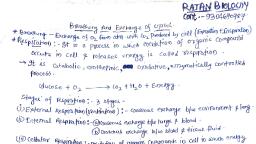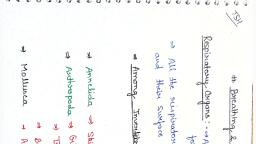Question 5 :
The chief nitrogenous waste in urine of rabbit or terrestrial mammals is<br>
Question 7 :
What is the main toxic waste kidney filters from the blood?
Question 11 :
Uric acid is the chief nitrogenous component of the excretory products of<br>
Question 12 :
Some animals excrete uric acid in urine (uricotelic) as it requires very little water. This is an adaptation to conserve water loss. Which animals among the following are most likely to be uricotelic?
Question 13 :
Almost all the aquatic animals excrete ammonia as the nitrogenous waste product. Which of the following statement is not in agreement with this situation?<br/><br/>
Question 16 :
Ureotelic animals are those in which the main nitrogenous waste product is<br>
Question 20 :
Select the group of animals adapted for ammonotelism, guanotelism and ureotelism respectively from the following.
Question 25 :
Which disease is caused due to high accumulation of uric acid in the bloodstream?<br>
Question 26 :
Which one of the following option gives the correct categorization of six animals according to the type of nitrogenous wastes (1, 2, 3) they give out?<br/>
Question 29 :
Some animals convert highly toxic $$NH_3$$ into least toxic trimethylamine oxide $$(TMAO)$$ and retain high concentration of $$TMAO$$ and urea to minimise $$H_2O$$ loss from body are
Question 30 :
The characteristic that is shared by urea, uric acid and ammonia is/are<br>(A) They are nitrogenous wastes.<br>(B) They all need very large amount amount of water for excretion.<br>(C) They are all equally toxic.<br>(D) They are produced in the kidneys.<br>
Question 32 :
Which one of the following sets of animals produces the same substance as their chief excretory product?
Question 33 :
Match the columns<table class="wysiwyg-table"><tbody><tr><td>A)</td><td>Hypothalamus</td><td>1)</td><td>intersensory associations</td></tr><tr><td>B)</td><td>Limbic lobe</td><td>2)</td><td>expression of emotional reactions</td></tr><tr><td>C)</td><td>Medulla </td><td>3)</td><td>urge of eating and drinking </td></tr><tr><td>D)</td><td>Association areas</td><td>4)</td><td>gastric secretion reflex</td></tr></tbody></table>

